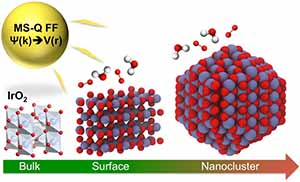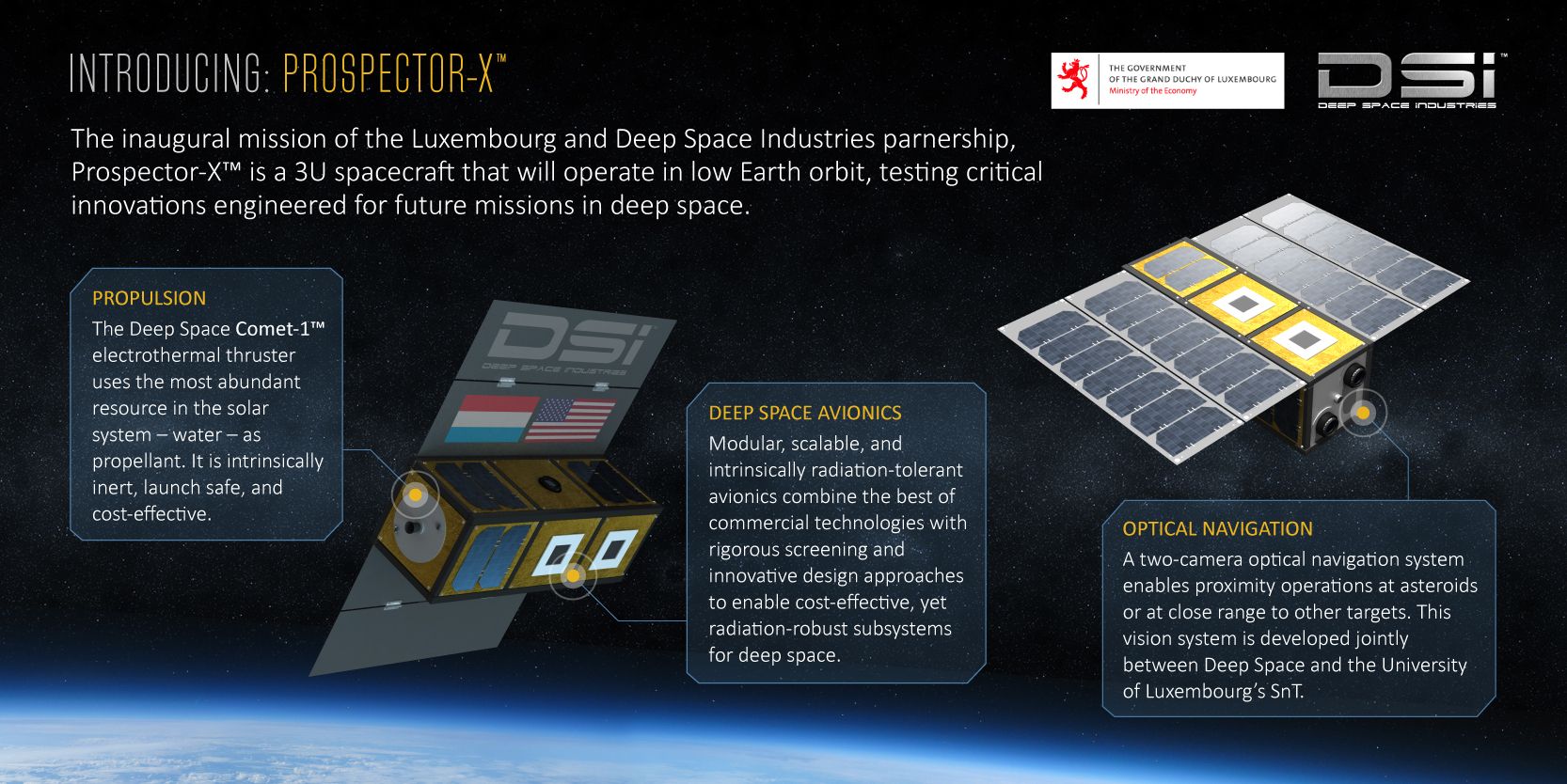I find this amusing because much of the top US AI talent has worked for many decades in the National Labs and not always in academia. National labs often is a mix of top scientists, engineers as well as academia; not academia only. Granted universities do incubations such a GA Tech, VA Tech, Rensselaer Polytechnic Institute, etc.; however, the bulk of AI and other patented innovations truly have come out of the national labs such as X10, Los Alamos, Argonne, over the years.
The high demand for AI talents at giant corporations This means the academe is directly affected because their smartest AI experts are rapidly transferring to the corporate world and leaving the academe.








